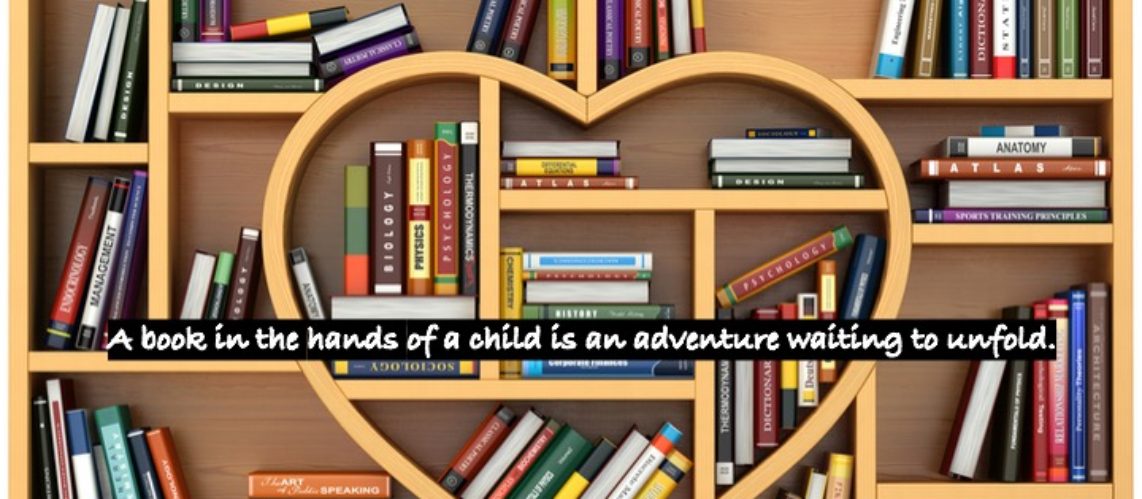
Content Qualities Overview
| Author: Cynthia Rylant |
| Genre: Realistic Fiction |
| Interest Age Range: 4 – 9 |
| Optimal For Grades: K – 2 |
| Guided Reading Level: K |
| Questionable Content: (e.g. Profanity, Violence, Sex, Drugs) Not Present |
| Scariness: 1 |
Explanation: In this picture book designed for younger readers, a pet dog ends up leaving the safety of home and running away from many people. The dog is scared because she is being chased and does not understand why. However, no lasting harm comes to either the dog or the people running after her.
Key
- 0 = virtually none
- 1 = very mild, some parts may be slightly frightening to the youngest readers
- 2 = some parts are frightening or distrubring to younger readers
- 3 maybe it’s time to hide under the covers with a flashlight, the most sensitive children may want to avoid this one
Educational Objectives
- Learn the value of common sense when making decisions
- Think critically about the causes of events in order to solve problems effectively
- Analyze how cause and effect influence plot sequence
- Consider how point of view shapes the outcome of a story
Summary
(What is this book about?)
Get ready for an adorably hilarious romp across town with a silly little dog named Gracie. In her doggie brain, she is only being sensible taking herself on a walk to get away from those noisy painters who invaded her home with their ruckus, then had the audacity to chastise her for barking at them. So when owners, painters, neighbors, and random townsfolk alike follow in pursuit, the call of “Stop that dog!” only galvanizes Gracie to pick up the pace. Well, who wouldn’t run if everyone started chasing you and you had no idea why? After all, poor Gracie only wanted to be left in peace in her normally quiet home! So she runs and runs, oblivious to the mayhem being wrought behind her by the many bumbling people attempting to catch her without remembering to exercise common sense. Like exhausted runners after a marathon, one by one, people begin dropping out of the great Gracie chase until there is no one left. Finally, Gracie notices that the cacophony behind her has ceased, and only then does she come to a halt. As soon as the chasing stops, she turns around and scampers happily home, all on her own, reveling in the sound of silence.
Note to Parents and Teachers
(Why is this a good read for my child?)
The vibrant illustrations and expressive tone make The Great Gracie Chase A perfect selection for emergent to beginning readers learning to use text and picture clues to develop inferential story comprehension. These elements also make it a fabulous training tool for teaching visualization techniques. Children are often reminded to, “make a movie in your mind as you read.” But teachers need to remember this skill does not always come naturally. It must be modeled and supported. That is exactly what the clear, colorful, and appropriately sequenced illustrations in this book can help with as students practice matching pictures to text, first concretely on the page, then in their minds.
Furthermore, where this book really shines is its engagement factor. If building a genuine appreciation for reading is your goal, there is no better place to start than engaging your child through personal connection. Every youngster loves to hear or read funny stories about pets, and most get an especially strong kick out of telling others about the silly things their pets have done. It will mean even more to them to have these literary conversations with adults they love. To capitalize on this, have a conversation with your young reader about the animals in their life and how they relate to Gracie. Children will delight in sharing stories of their own dogs before reading, comparing and contrasting personality differences between Gracie and their dog during reading, and writing or telling their own story about how their dog would have acted differently in Gracie’s circumstances after reading. Not only do such interactions activate prior knowledge and forge a personal connection with the text, but they strengthen that oh so important positive relationship between parent and child and/or teacher and student necessary for cultivating a real love of reading!
Highlighted Learning Skills
- Reading with expression
- Present vs. past tense verbs
- Define and identify synonyms
- Identify cause and effect
- Mapping simple plot sequence
(Use graphic organizers or charts to cut and paste captioned pictures in order according to the story plot)
- Using context and picture clues to determine word meaning
- Personality mapping based on text details
(What kind of dog is Gracie? How does this shape our analysis of why she acted the way she did?)
- Compare and contrast point of view
Essential question: How does point of view affect the narrative?
(Gracie vs. the people: use graphic organizers like a Venn diagram, personal whiteboards, turn and talk, or table discussion to analyze how the story would have been different if told from another perspective.)
Vocabulary
- Decide
- Delivery
- Except
- Fountain
- Naughty
- Realize
- Company
- Suddenly
- Return

Pick up your hardcover copy today for less than $6! Amazon
Get my full guided reading book study unit plan with all supplemental materials included at my Teachers Pay Teachers store!
The Great Gracie Chase – Full Book Study Unit Bundle
